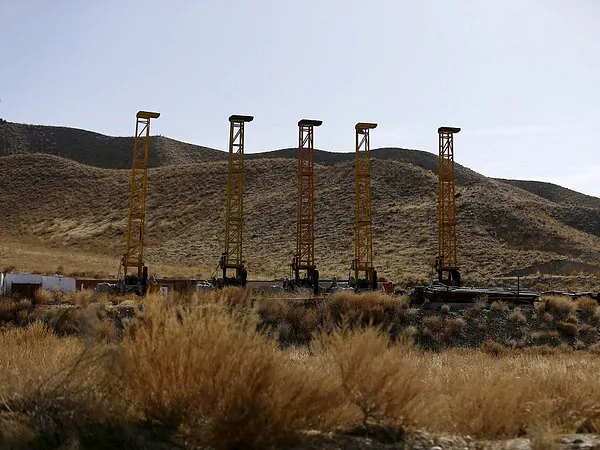A Chinese company has demanded the revision of the contract in the Aynak Logar copper mining project – at Mes Ayank a site situated 40 km southeast of Kabul in the barren region of Logar Province. The site contains the world’s second-largest copper deposit.
Bakhtar state news agency reported that the officials of the Chinese state-owned enterprise company, in a meeting with the Deputy Prime Minister of the Taliban, Abdul Salam Hanafi called for “solving fundamental issues” to start the Aynak Logar copper mining project.
In March, the company demanded a revision of the contract it had signed with the then government of Afghanistan led by Ashraf Ghani in 2008, reported The First 24/7 International News Channel for Afghanistan.
Aynak mine is said to be the second-largest copper ore body in the world, with the deposit estimated to contain 5.5 million metric tons of high-grade copper ore.
Aynak was one of the Chinese copper industry’s first sizeable overseas investments, occurring during the country’s ‘Go Out’ initiative in the early 2000s to promote a national policy of acquiring key assets outside of the country.
In 2007, Jiangxi Copper, then the biggest refined copper producer in China, partnered with Metallurgical Corporation of China (MCC), a subsidiary of state miner-trader Minmetals, signing a USD 2.83 billion deal with the Afghan government to mine the project for 30 years.
However, scenes of human tragedy in Afghanistan crowd newsfeeds following the Taliban’s takeover of the country last August, and the fate of its vast metal and mineral reserves, including the Aynak copper mine lies in oblivion.
Moreover, deteriorating security has been reported to be one of the causes for the prolonged delay in opening the mine.
Logar, where Aynak is found, is listed as one of the insecure provinces in Afghanistan with a strong Taliban presence and other insurgent groups also active in several districts of Logar.
Also, it was widely reported in the international media that a Buddhist archaeological site and its remnants in Aynak were in danger and would be demolished by the Chinese miners if action was not taken.
The Aynak is a vast complex of over 20 ruin locations, including numerous 5th-6th century Buddhist monasteries, as fortress and evidence of even older Bronze Age settlements buried beneath the rubble of ancient copper mines.

